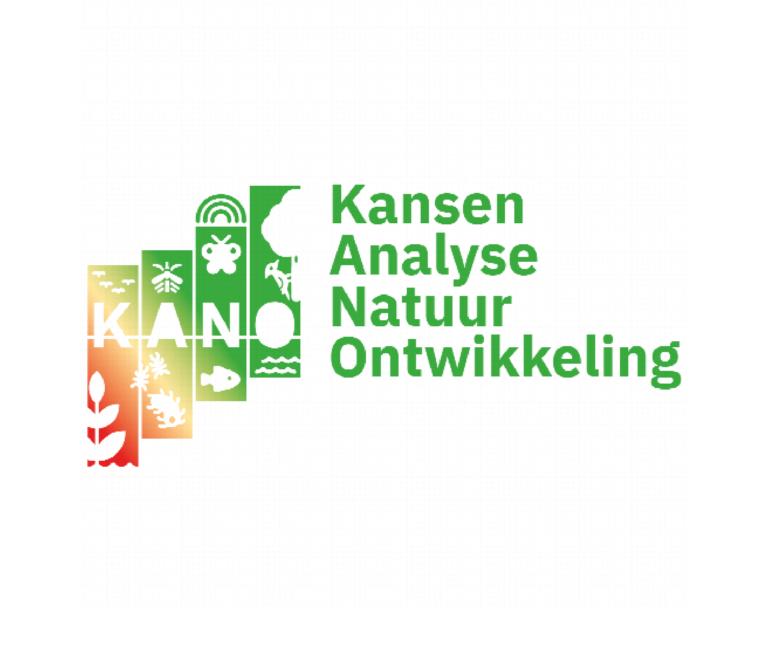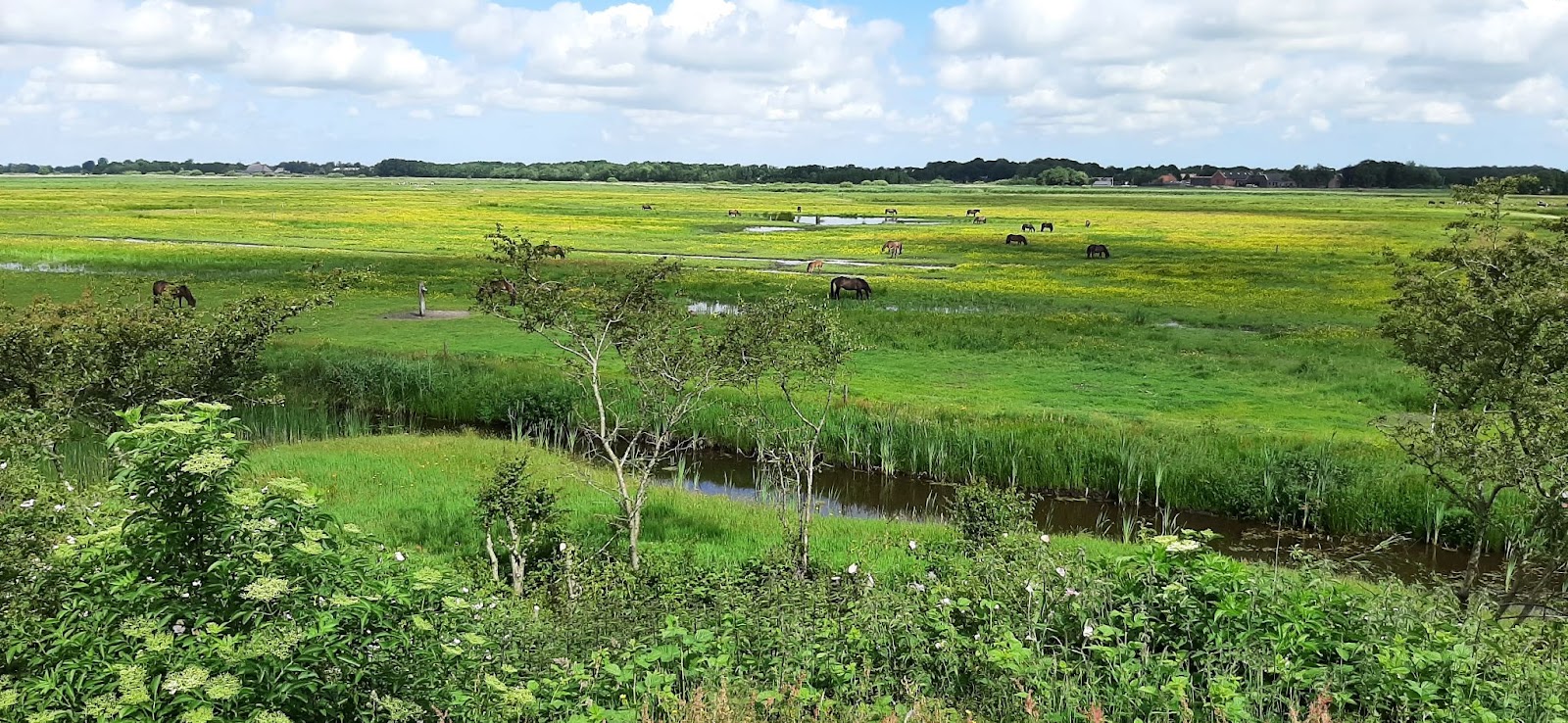
The OpportunitiesAnalysis for NatureDevelopment (KANO) has been developed to map out opportunities for improving nature quality and realizing nature restoration. This tool makes it possible to give stakeholders, such as managers, provinces, municipalities, farmers, water boards, nature experts and others a voice, and to gain insight into where the priorities for the restoration of nature and biodiversity lie.

What can KANO be used for?
The KANO can be applied to an area to be defined by yourself, and can therefore be applied to a landscape with both a nature reserve as well as a surrounding area. The tool is intended to gain insight into topics that can have a positive impact on (regional) nature quality. That is why the KANO is very suitable as a basis for a long-term vision, and provides guidelines on how this can then be realised. By involving all stakeholders in the process from the beginning, a shared vision is created. As a result, the carrying capacity of this mission among the various parties will be large, which will benefit the actual implementation in the future.
Who can usethe KANO?
The KANO is initiated and supervised by the province, and subsequently deployed to involved parties within the area. In this way optimal use is made of the available area knowledge and expertise, in order to jointly arrive at the most important insights with regard to nature opportunities.
Backgroundof KANO
The KANO is a quick scan developed by Naturalis, partner of the All4biodiversity project, and builds on the Ecological Assessment developed and carried out by the Knowledge Network Development and Management of Nature Quality (OBN Knowledge Network) in 2020 (Report in Dutch, pdf). On the basis of 41 topics, subdivided into six overarching targets and four dimensions (impact, feasibility, current efforts and knowledge), opportunities in the area are made clear. The analysis results in an overview of the opportunities related to the area, and it is possible to make an inventory of which actions have a positive effect on the overall quality of nature.
Positiveimpact
Hanneke Godthelp, project leader at Natura 2000 for the province of Fryslân, has used the KANO tool in the 'Groote Wielen' nature reserve. The tool helped her in drawing up the management plan for the European protected nature reserve. In the first period of the management plan, they have already taken a number of (hydrological) measures. Her goal with the KANO was now to explore whether additional measures are needed in this plan, and to determine how much impact they have on the objectives in the area.
According to Godthelp, KANO promotes joint reflection on the importance and feasibility of measures. This is further explored by discussing the differences and similarities of the KANO results with all partners involved. Godthelp is positive about using the KANO: “We have achieved our goal, and all participants are enthusiastic about the whole process.”

Moreinformation
You can apply the KANO quickscan. Note: It is available in Dutch only. You can find the tool on this website: https://kanoquickscan.nl/ There you will also find the manual with background information and instructions on how to get started with the Quickscan. For questions or comments contact Marten Schoonman.
The KANO quick scan was developed within the All4Biodiversity project.